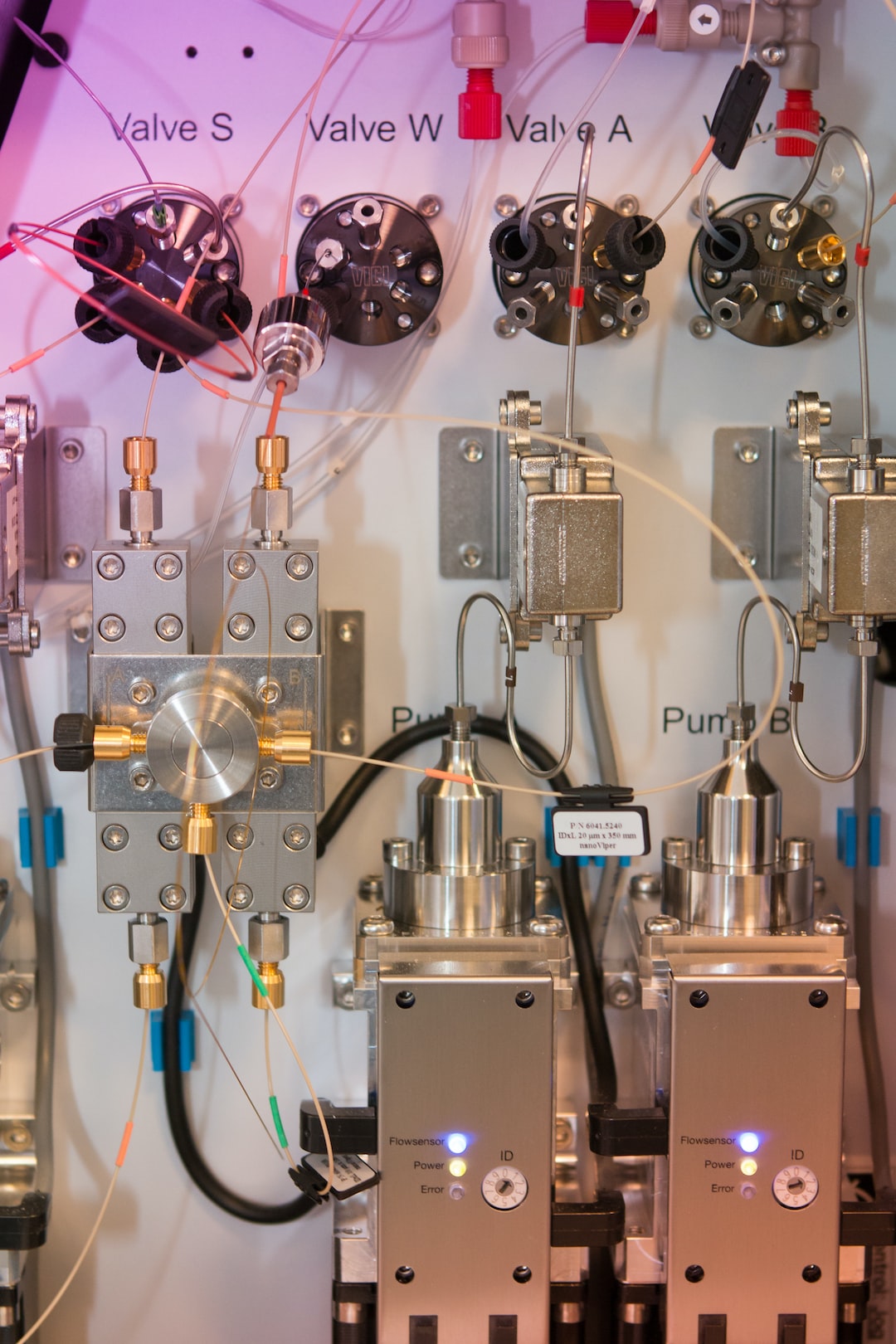Sustainable Manufacturing: Reducing Environmental Footprint in the Industry
In recent years, there has been a growing global concern over the impact of industrial activities on the environment. Industries have been traditionally associated with high levels of pollution, resource depletion, and waste generation. However, as the world becomes increasingly aware of the need for environmental conservation and a shift towards sustainable practices, the concept of sustainable manufacturing has gained significant attention. Sustainable manufacturing aims to reduce the environmental footprint of the industry by promoting resource conservation, minimizing waste generation, and adopting cleaner production techniques. In this blog post, we will explore the benefits and challenges of sustainable manufacturing and discuss some of the strategies that can be implemented to achieve a greener industry.
The Environmental Impact of Traditional Manufacturing
Before we delve into sustainable manufacturing, it is essential to understand the adverse environmental impacts of traditional manufacturing processes. Traditional manufacturing methods are often associated with high levels of energy consumption, greenhouse gas emissions, water pollution, and waste generation. For example, industries heavily rely on non-renewable energy sources such as coal, oil, and natural gas, which contribute to carbon emissions and climate change. Additionally, manufacturing processes generate significant amounts of waste, including chemical byproducts, hazardous materials, and non-recyclable packaging. These waste streams end up in landfills, water bodies, or incinerators, leading to environmental degradation and biodiversity loss.
Benefits of Sustainable Manufacturing
Sustainable manufacturing offers numerous benefits, both for the environment and the industry itself. By embracing sustainable practices, manufacturers can significantly reduce their environmental footprint and contribute to a greener planet. Here are some of the key advantages of adopting sustainable manufacturing:
1. Resource Conservation: Sustainable manufacturing aims to minimize resource consumption by implementing efficient processes, such as lean manufacturing and material substitution. By using fewer materials, energy, and water, manufacturers can reduce their ecological impact and conserve valuable resources for future generations.
2. Waste Reduction: Sustainable manufacturing encourages the adoption of waste reduction strategies, including recycling, reusing, and remanufacturing. These practices not only help minimize waste generation but also contribute to the circular economy by turning waste into valuable resources.
3. Cost Savings: Sustainable manufacturing practices can lead to significant cost savings for industries. By reducing energy, water, and material consumption, manufacturers can lower their operating costs and increase their overall profitability. Moreover, embracing sustainable practices can also create new business opportunities and enhance a company’s reputation, leading to increased customer loyalty.
4. Regulatory Compliance: With the rise in environmental regulations and stricter emissions standards, sustainable manufacturing can help industries comply with legal requirements and avoid penalties and fines. By implementing cleaner production technologies and reducing pollution levels, manufacturers can ensure long-term sustainability and business continuity.
Challenges in Implementing Sustainable Manufacturing
While the benefits of sustainable manufacturing are undeniable, there are several challenges that industries face when transitioning towards more sustainable practices. Some of the key challenges include:
1. Financial Investment: Implementing sustainable manufacturing practices requires significant upfront investments in new technologies, renewable energy sources, and employee training. The initial costs can deter some companies from adopting sustainable practices, especially small and medium-sized enterprises (SMEs) with limited financial resources.
2. Supply Chain Complexity: Achieving sustainability in manufacturing often involves optimizing the entire supply chain. Coordinating sustainability efforts with multiple suppliers and partners can be challenging. Moreover, ensuring that all supply chain participants adhere to sustainable practices adds an additional layer of complexity.
3. Resistance to Change: Convincing stakeholders, including management, employees, and investors, to embrace sustainable manufacturing can be a hurdle. Some may see sustainability as a mere cost burden or may be resistant to change due to established routines and practices.
Strategies for Sustainable Manufacturing
Despite the challenges, many successful strategies can be implemented to achieve sustainable manufacturing. Here are some key strategies:
1. Energy Efficiency: Improving energy efficiency can significantly reduce the environmental impact of manufacturing processes. Industries can adopt energy-efficient technologies, upgrade machinery, and optimize production schedules to minimize energy consumption.
2. Waste Management: Implementing effective waste management practices, such as recycling and reusing, can reduce the amount of waste generated. Companies can establish partnerships with recycling facilities or invest in on-site waste treatment facilities to ensure responsible waste disposal.
3. Product Design and Life Cycle Assessment: Introducing eco-friendly designs and conducting life cycle assessments can help identify areas for improvement in terms of environmental impact. By considering the entire product life cycle, from raw material extraction to disposal, manufacturers can make informed decisions to minimize environmental footprint.
4. Employee Training and Engagement: Educating employees about sustainable manufacturing practices and involving them in decision-making processes can enhance their understanding and commitment towards sustainability goals. Creating a culture of sustainability within the organization can lead to continuous improvement and innovation.
Conclusion
Sustainable manufacturing is a critical approach for reducing the environmental footprint of the industry. By adopting resource-efficient practices, waste reduction strategies, and cleaner production techniques, manufacturers can significantly contribute to a greener future. Although implementing sustainable manufacturing practices may present some challenges, the benefits outweigh the obstacles. It is crucial for industries to embrace sustainability as a long-term commitment to both the environment and their own success. Through collective efforts and continuous innovation, we can pave the way for a sustainable and prosperous manufacturing industry.

